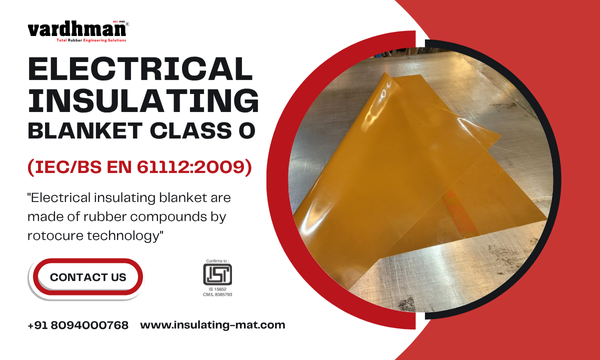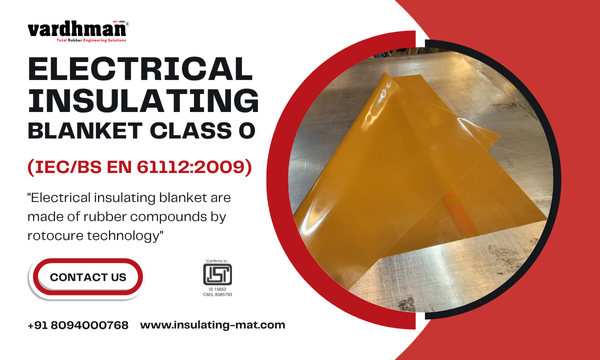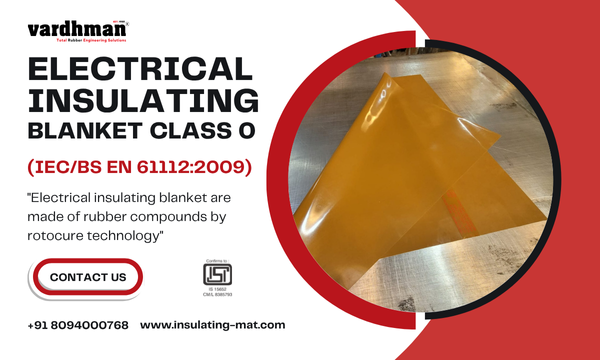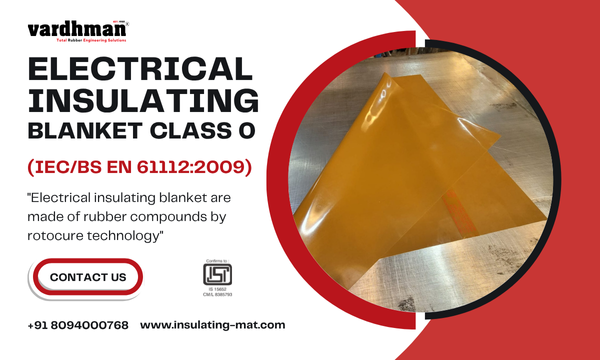
Electrical insulating mats are critical safety equipment that require regular maintenance to ensure they continue to provide effective protection. This comprehensive guide covers the essential maintenance practices to extend the life of your insulating mats.
Understanding Insulating Mat Degradation
Before diving into maintenance, it's important to understand what causes insulating mats to degrade:
- Physical Damage: Cuts, punctures, tears, and abrasions from daily use
- Chemical Exposure: Contact with oils, solvents, acids, and other chemicals
- Environmental Factors: UV exposure, extreme temperatures, and moisture
- Electrical Stress: Repeated exposure to electrical fields and potential fault currents
- Age: Natural aging of rubber compounds over time
Daily Inspection Practices
Implement these daily inspection routines to catch issues early:
- Visual Examination: Check for visible damage, discoloration, or deformation
- Surface Check: Look for cuts, punctures, or embedded objects
- Cleanliness Assessment: Ensure mats are free from contaminants
- Placement Verification: Confirm mats are properly positioned and secured
- Documentation: Log any observations or concerns for follow-up
Weekly Maintenance Procedures
These weekly procedures help maintain mat integrity:
- Thorough Cleaning: Clean mats with appropriate solutions to remove contaminants
- Detailed Inspection: Conduct a more thorough examination for subtle damage
- Edge Check: Pay special attention to edges and corners where damage often starts
- Connection Inspection: Check any fasteners or securing mechanisms
- Usage Review: Evaluate if mats are being used appropriately
Monthly Maintenance Tasks
These monthly tasks ensure continued protection:
- Deep Cleaning: Perform a more intensive cleaning to remove embedded contaminants
- Electrical Testing: Conduct basic electrical tests to verify insulation integrity
- Flexibility Check: Test mat flexibility to detect hardening or brittleness
- Thickness Measurement: Measure mat thickness to detect wear
- Documentation Update: Update maintenance records with current conditions
Quarterly Professional Inspections
Quarterly inspections should be performed by qualified personnel:
- Comprehensive Electrical Testing: Full dielectric strength testing
- Surface Analysis: Detailed examination for micro-damage
- Material Assessment: Evaluation of material condition and aging
- Compliance Verification: Ensure mats meet applicable standards
- Replacement Planning: Identify mats approaching end of service life
Proper Cleaning Techniques
Using the right cleaning methods is crucial for mat longevity:
- Mild Soap Solution: Use a solution of mild soap and water for routine cleaning
- Soft Brushes: Employ soft-bristled brushes to remove stubborn dirt
- Rinse Thoroughly: Remove all cleaning residue to prevent chemical damage
- Proper Drying: Allow mats to air dry completely before use
- Avoid Harsh Chemicals: Never use petroleum-based solvents or aggressive cleaners
Storage Best Practices
Proper storage when mats are not in use extends their life:
- Clean Before Storage: Ensure mats are clean before storing
- Roll, Don't Fold: Roll mats loosely rather than folding to prevent creases
- Climate-Controlled Environment: Store in a cool, dry place away from sunlight
- Away From Ozone: Keep away from sources of ozone which can degrade rubber
- Protect From Physical Damage: Store where they won't be crushed or punctured
Handling and Usage Guidelines
Proper handling and use prevent premature wear:
- Appropriate Footwear: Ensure workers wear appropriate footwear when using mats
- Weight Distribution: Avoid concentrated loads that can damage mats
- Chemical Protection: Use protective barriers when chemicals are present
- Temperature Considerations: Avoid using mats outside their temperature range
- Proper Placement: Ensure mats lie flat without wrinkles or folds
Electrical Testing Protocols
Regular electrical testing is essential for safety:
- Visual Electrical Inspection: Look for carbon tracking or burn marks
- Dielectric Testing: Perform voltage withstand tests according to standards
- Insulation Resistance Testing: Measure resistance to detect degradation
- Professional Certification: Have testing performed by qualified technicians
- Test Documentation: Keep detailed records of all electrical tests
Replacement Criteria
Know when it's time to replace insulating mats:
- Visible Damage: Any cuts, punctures, or tears that compromise integrity
- Failed Electrical Tests: Mats that no longer pass required electrical tests
- Age Limits: Follow manufacturer recommendations for maximum service life
- Material Degradation: Signs of hardening, cracking, or chemical damage
- Standards Compliance: Mats that no longer meet current safety standards
Creating a Maintenance Schedule
Implement a structured maintenance program:
- Inventory Management: Track all insulating mats with unique identifiers
- Digital Records: Use software to track inspection and test results
- Automated Reminders: Set up alerts for scheduled maintenance activities
- Responsibility Assignment: Clearly define who performs each maintenance task
- Performance Metrics: Track mat lifespan and maintenance effectiveness
Training for Maintenance Personnel
Ensure maintenance staff are properly trained:
- Standard Procedures: Training on standardized inspection and testing methods
- Safety Protocols: Proper safety procedures when handling electrical equipment
- Documentation Skills: Training on proper record-keeping
- Problem Identification: Skills to identify potential issues before they become critical
- Equipment Operation: Proper use of testing equipment
Conclusion
Proper maintenance of electrical insulating mats is essential for ensuring they continue to provide reliable protection. By implementing a comprehensive maintenance program that includes regular inspections, proper cleaning, appropriate storage, and periodic testing, you can significantly extend the life of your insulating mats while maintaining a safe working environment. Remember that maintenance is not just about preserving equipment—it's about protecting people.




